radiation
Latest

How NASA might protect tomorrow's astronauts from deep space radiation
Putting people on the surface of Mars is going to expose them to a whole bunch of deadly space radiation. Here's what NASA's doing to protect tomorrow's deep space explorers.
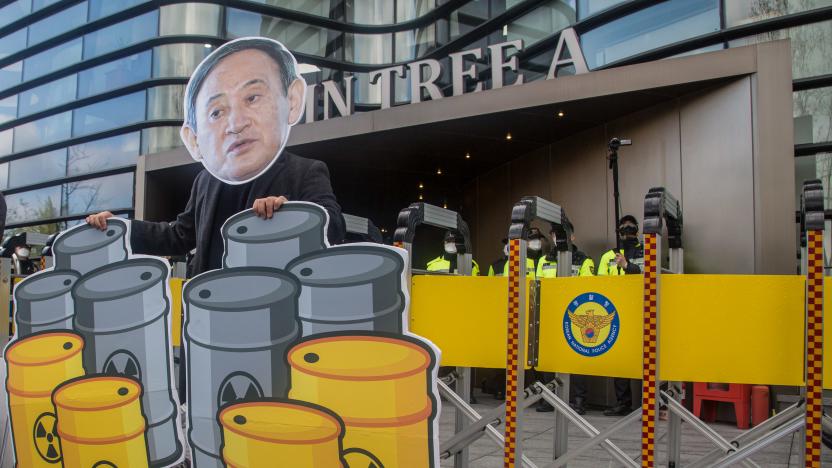
Fukushima's nuclear meltdown hasn't been the environmental calamity we feared
Despite the initial fallout from the Fukushima Daiichi incident the massive ecological disaster that many initially feared has, so far, failed to materialize.
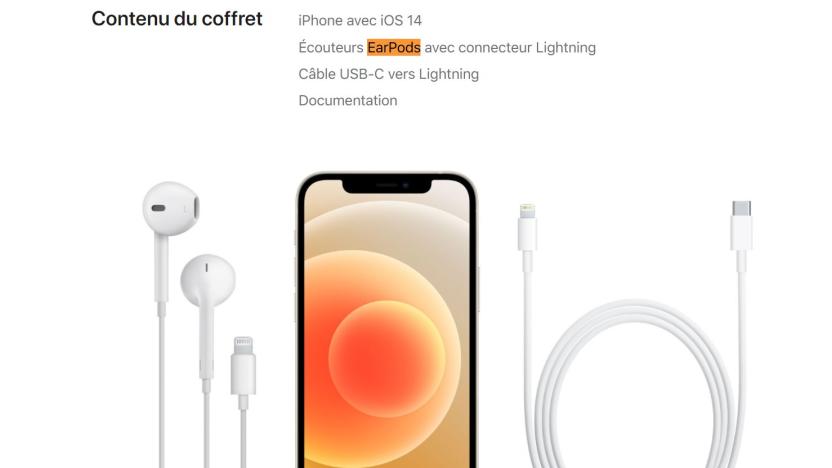
iPhone 12 comes with free EarPods in France thanks to radiation laws
Apple announced on Tuesday that it won’t be shipping the four new iPhone 12 models with EarPods or a power adapter, as a way to prevent them from ending up in landfills. In France, however, the new devices will have earphones in the coffret, likely thanks to a quirk of local laws, as spotted by MacRumors.
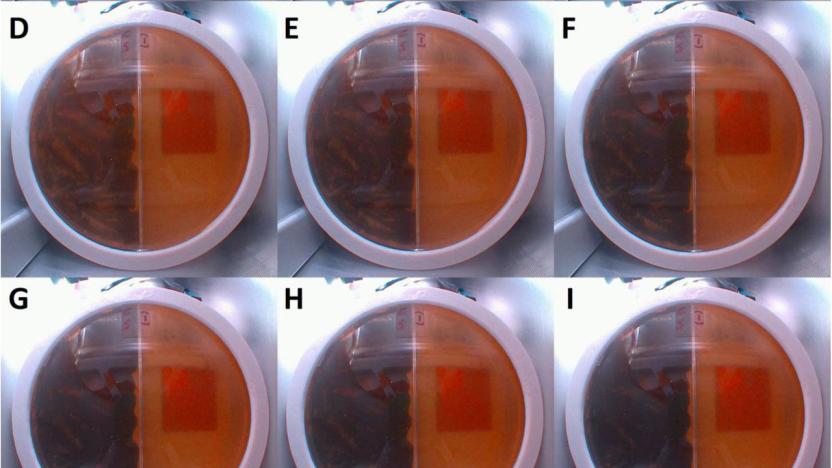
Chernobyl mold could shield astronauts from deep-space radiation
One of the biggest dangers of interplanetary travel is radiation exposure. In a single round trip to Mars, for instance, you may absorb 60 percent of the maximum recommend lifetime dosage. One surprising solution may be mold, according to researchers from Stanford and North Carolina universities. They discovered that fungus thriving in the nuclear fallout of Chernobyl blocked radiation on the international space station (ISS), and could be adapted for trips to the Moon and Mars.
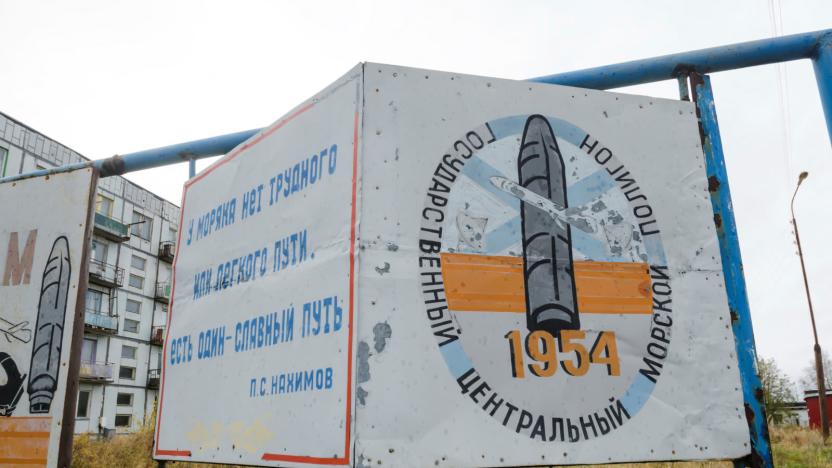
Nearby nuclear sensors went silent after Russia's mystery explosion
Earlier this month, a rocket test explosion in Russia resulted in the deaths of five people and a radiation leak that affected nearby towns. Now, the operator of a global network of radioactive particle sensors says that sites closest to the explosion mysteriously went offline shortly afterwards.
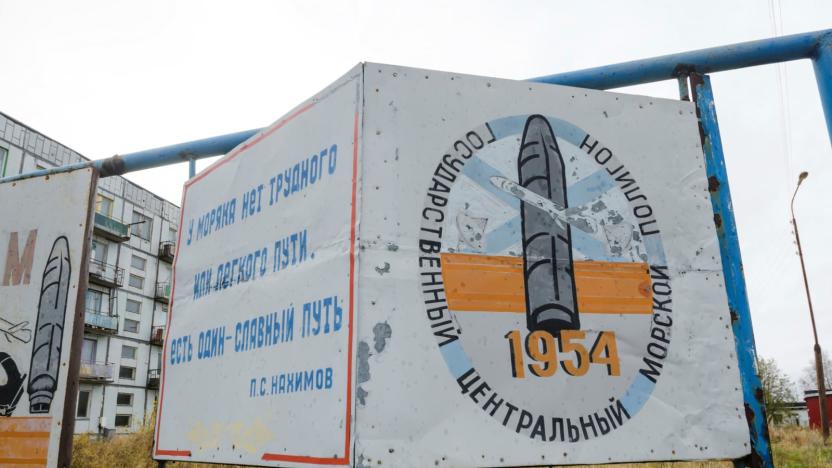
Russian rocket test explosion leads to radiation leak
Russia's military technology push has unfortunately produced deadly consequences. The country's Rosatom has confirmed that five people have died and three have been injured after an explosion on August 8th while testing an isotopic power source for a rocket's liquid propulsion system. The same blast also increased radiation levels by as much as twenty times in nearby Severodvinsk for about half an hour.
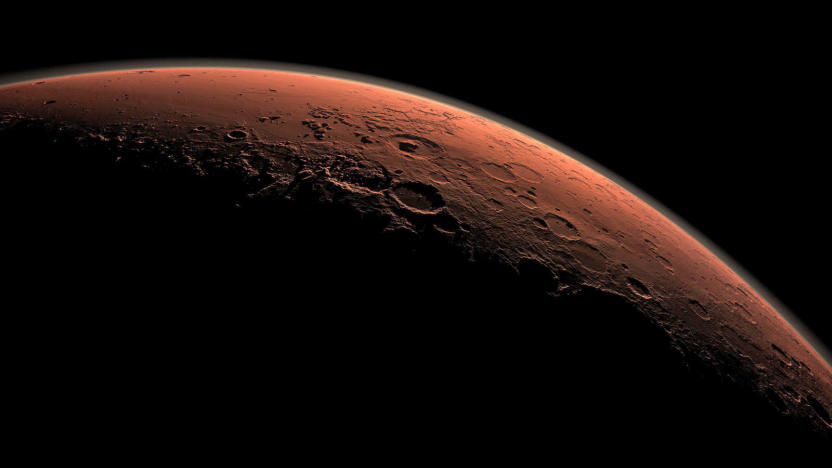
Mars trips may involve less radiation exposure than previously thought
There's no question that the first human mission to Mars will be extremely dangerous. Some studies have suggested that the radiation levels would exceed the maximum career dose for a given astronaut, greatly increasing the risk of cancer and other illnesses. It might not be quite so bad as it sounds, though. Newly presented ESA ExoMars orbiter data indicates that astronauts would receive "at least" 60 percent of their maximum recommended career radiation exposure on a round trip to Mars that takes six months both ways. That's still several times what ISS crew members receive, but it's relatively gentle compared to what some had feared.

South Pole Telescope will study 'noise' from the early universe
Scientists just got a valuable tool in their quest to understand the cosmic microwave background radiation that persists from the earliest days of the universe. The South Pole Telescope recently received an ultra-sensitive camera that will study the cosmic microwave background at an extreme level of detail. Its 16,000 detectors (ten times more than a previous experiment) can spot minuscule changes in temperature when they receive light, helping them pick up the ancient microwave energy that's virtually omnipresent in the universe but difficult to detect with conventional methods.

Drug could prevent memory loss in deep space astronauts
Cosmic radiation is one of the greatest threats to astronauts embarking on deep space missions, not the least of which is the effect on the brain: it could hinder your memory and destroy vital synapses. Thankfully, you might only need to take some pills. UCSF researchers have discovered that a drug from Plexxikon potentially prevents memory problems from cosmic radiation. Tests on mice show that the medicine forces the brain to replace irradiated immune system cells (microglia) with healthy examples, preventing inflammation that could damage memory functions.

Studies suggest cellphone radiation doesn't threaten humans
No, the debate over the risks of cellphone radiation isn't over yet. The US National Institutes of Health's National Toxicology Program has published details of draft studies which suggest that normal cellphone radiation levels aren't harmful to humans. The research subjected rats to very high levels of RF radiation at 2G and 3G cellular frequencies, and produced results where there was no clear pattern of harm even at the exaggerated radiation levels.
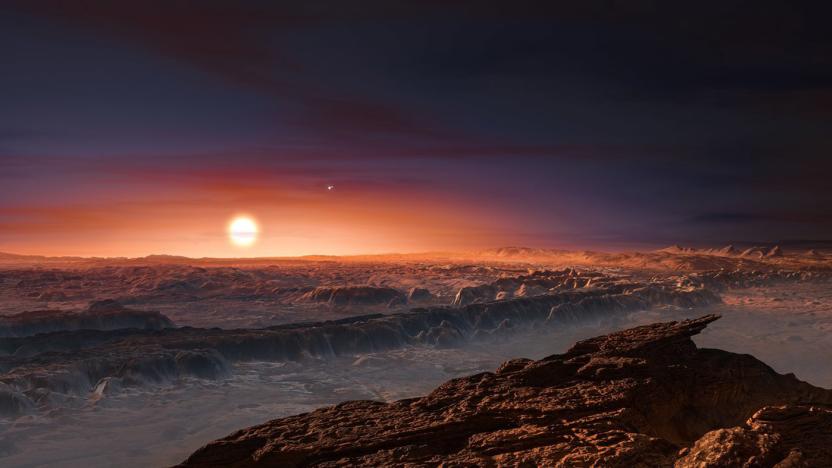
Mini-Hubble will scan dim stars to see if they can support life
It doesn't take hugely expensive space telescopes like the Hubble and future James Webb Space Telescope to hunt for habitable exoplanets. NASA and the University of Arizona will launch a small telescope the size of a cereal box called the Star-Planet Activity Research CubeSat, or SPARCS, in 2021. The aim is to find so-called M Dwarfs, stars 20 times dimmer than our sun, and see if they emit too much radiation to support life on other worlds.

That cigar-shaped asteroid might be covered in organic goo
Last month's discovery of a long, thin object floating ominously through space brought about some pretty fevered speculation about the company mankind keeps in this universe. Was it an alien spacecraft? Were little green men about to visit Earth? No to both, seems to be the answer, but while researchers still aren't sure what the object -- named "Oumuamua" -- actually is, they have revealed that it appears to be covered in a thick layer of organic gunk and is icy cold on the inside.
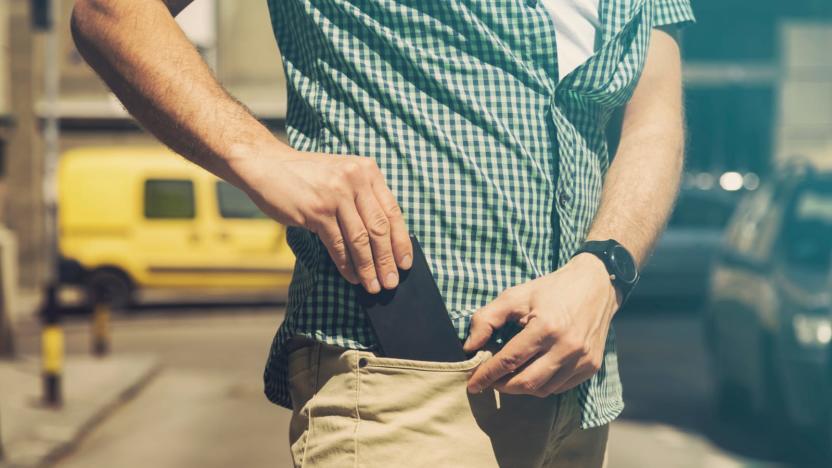
California advises against keeping your phone in your pocket
The jury is still out on whether or not cellphone radiation is bad for you, but California's Department of Public Health isn't taking any chances. The agency just issued an advisory that suggests residents should take steps to limit their exposure to cellphones. The notice recommends avoiding phone use when unnecessary, particularly when the cell signal is likely to kick into overdrive (such as when you're in a weak coverage area or streaming video). It also advises keeping your handset away from your body -- CDPH Director Dr. Karen Smith even suggests "not keeping your phone in your pocket."

Students solve a 60-year-old space radiation mystery
Earth's Van Allen Belts are an area of energetic particles that surround our planet and are held in place thanks to Earth's magnetic field. These radiation belts trap charged particles, protecting us from the effects of some of space's most harmful radiation. There are still many mysteries we haven't solved about the Van Allen Belts, but now, students at the University of Colorado Boulder have solved one that dates back 60 years.

Getting to and living on Mars will be hell on your body
While NASA and SpaceX figure out how to get to Mars, they're also thinking about how the 200-day journey and life on the red planet will affect humans. Astronauts will be dealing with nasty things like muscle atrophy and bone loss, intra-cranial pressure, psychological issues, lack of resources and long-term radiation exposure. NASA and its partners are working on things like "torpor," a type of space hibernation, and protective Mars cave dwellings with a view. To learn more, Engadget spoke with NASA scientist Laura Kerber and Spaceworks COO John Bradford at the Hello Tomorrow symposium in Paris.

NASA study will help identify potentially habitable planets
NASA has already found tons of exoplanets around nearby stars, and will spot countless more once the James Webb Space Telescope (JWST) launches. The problem is that scientists aren't exactly sure which planet-star combinations are most likely to support life. A new NASA study has found that planets orbiting small stars like Trappist-1 could retain their oceans for billions of years, even if they're quite close -- provided the star emits just the right amount of infrared radiation.
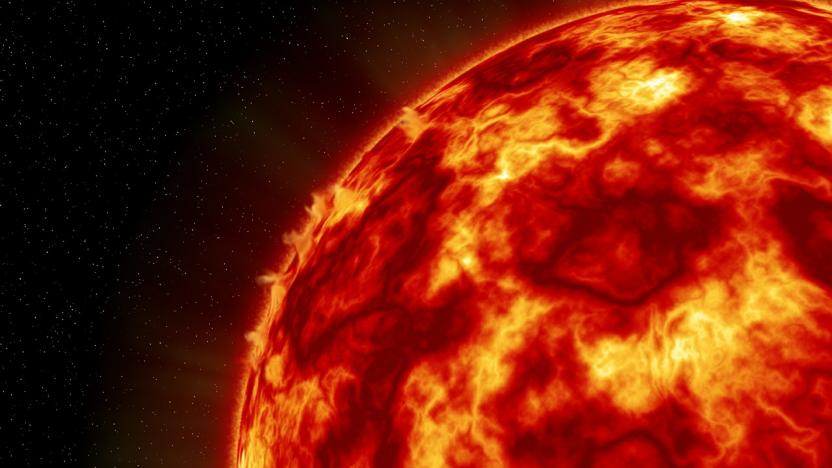
A huge solar flare temporarily knocked out GPS communications
On the morning of 6 September the sun let out two pretty sizeable burps of radiation. Both were considered X-class -- the strongest type of solar flare -- with one of them proving to be the most powerful since 2005. If a solar flare is directed at Earth, which these ones were, it can generate a radiation storm that interferes with radio and GPS signals. The biggest flare ever recorded, in 2003, was so strong it even knocked out NASA's solar measurement equipment. These recent belches weren't quite on par with that, but they were enough to jam high frequency radios and interfere with GPS systems for about an hour on the side of the Earth facing the sun. Put your hand over your mouth, sun! Rude!

NASA wants your origami ideas for its spacecraft radiation shield
NASA needs ideas on how to design a radiation shield for deep space vehicles, and it's turning to origami artists and enthusiasts for help. If you're skilled in the art, that includes you. The space agency has teamed up with crowdsourcing website Freelancer to launch a project challenging people to create an origami design showing the most efficient way to pack a radiation shield. It's a necessary component for manned missions, since cosmic rays can damage both human bodies and electronics. Without a shield, future spacefarers will be more prone to developing cancer, degenerative tissue damage, nervous system damage, heart disease and cataracts.
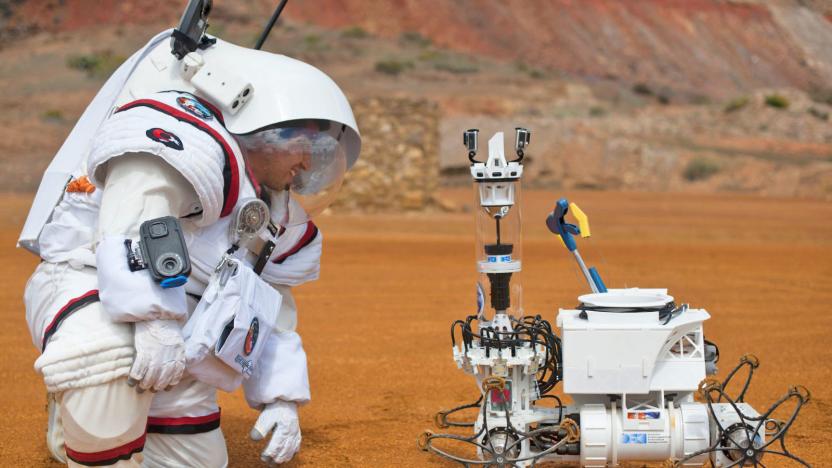
Mars astronauts at greater risk of cancer than previously thought
You might not want to book that trip to Mars just yet. Researchers have published a study estimating that the risk of cancer from cosmic rays is twice as high as previously thought. They've determined that conventional risk models are incomplete. While NASA and other groups believe that radiation-based cancer stems only from direct cell damage and mutations, the new model accounts for the possibility that heavily damaged cells will increase the cancer risk for "bystander" cells. There's a knock-on effect that would be difficult to escape.
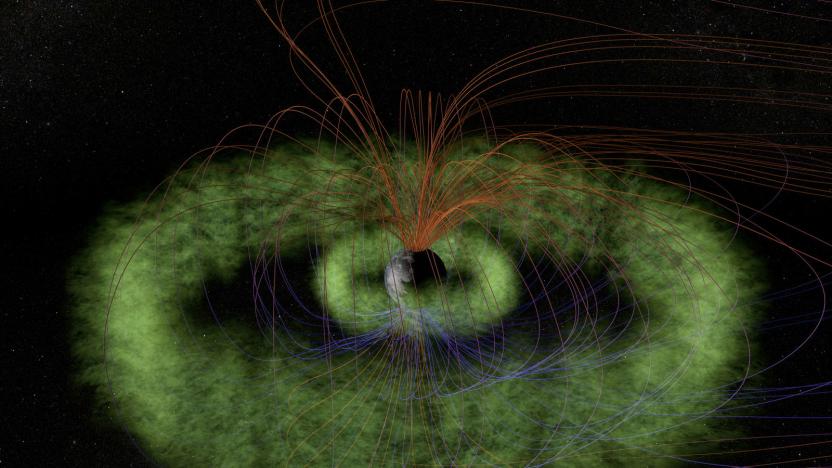
Earth's radio signals may be protecting it from space radiation
The Earth's atmosphere bears precious little resemblance to what it looked like at the start of the Industrial Revolution. As radio technology has advanced and spread, the signals that transmitters produce -- specifically the Very Low Frequency (VLF) variety -- have changed the way that the upper atmosphere and the Van Allen Radiation Belts interact, according to a study recently published in the journal Space Science Reviews. In effect, these radio waves may be enveloping the globe like an electromagnetic comforter, protecting it from satellite-frying space radiation.





